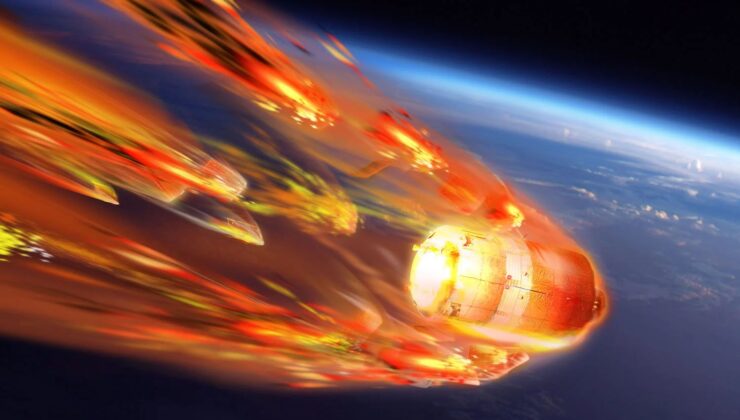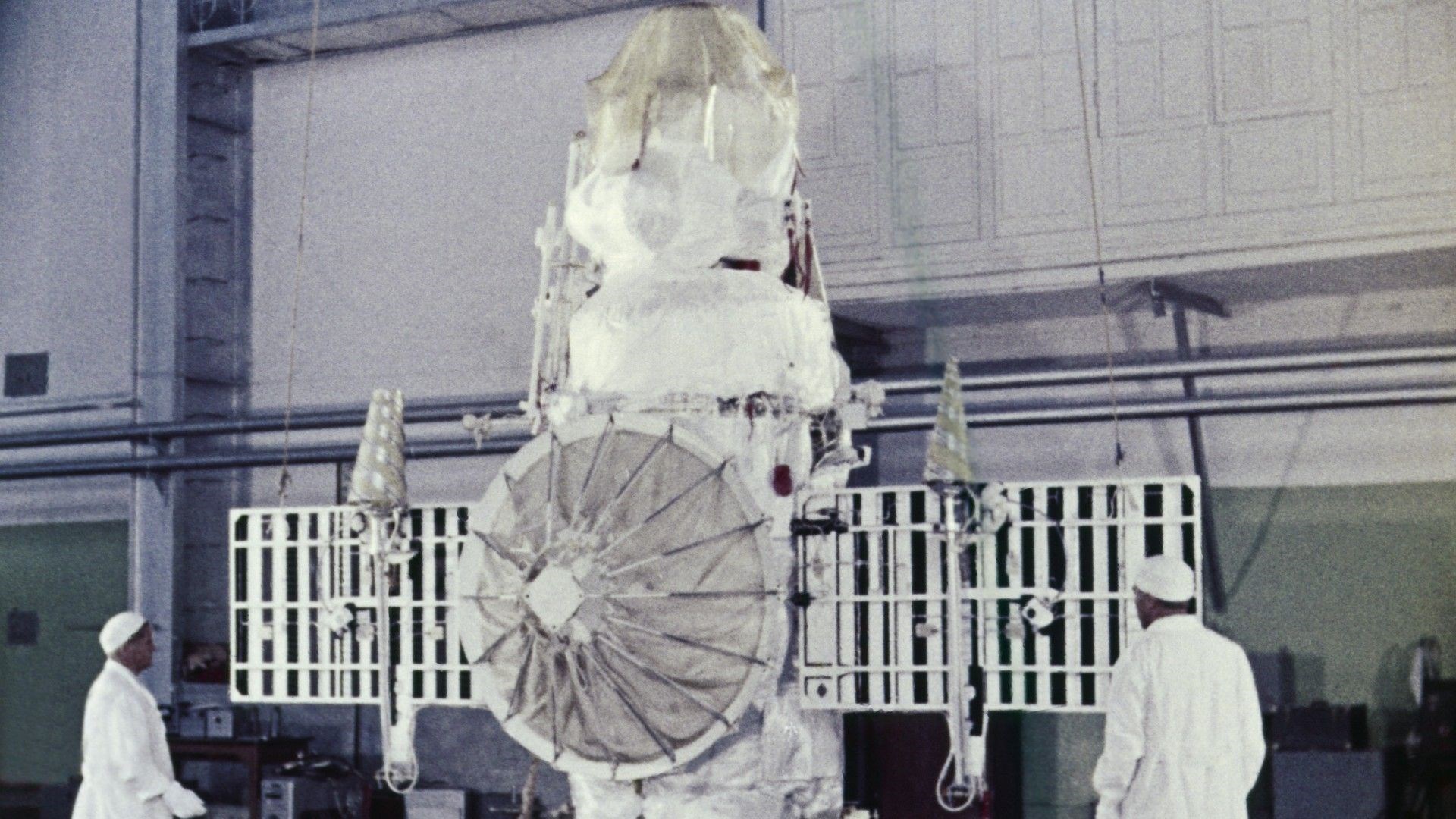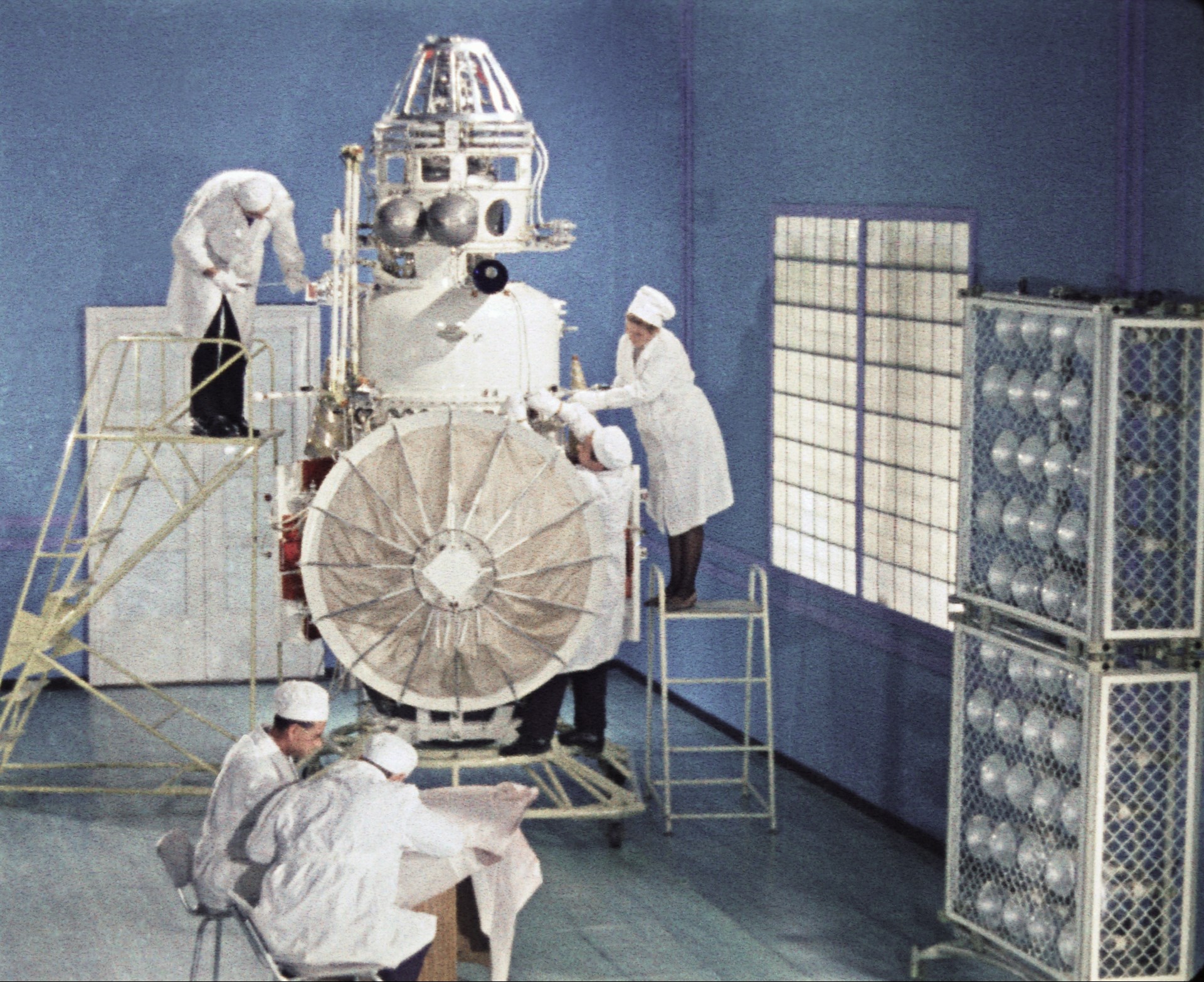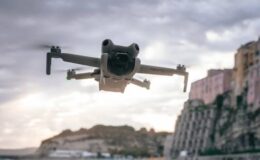

In 1972, the Kosmos 482 spacecraft was launched by the Soviet Union with the ambitious goal of reaching Venus. Unfortunately, due to a propulsion failure, it never achieved the necessary velocity for a Venusian orbit. As a result, the spacecraft has spent the past 53 years in Earth’s orbit and is now preparing for an uncontrolled re-entry into our atmosphere.

Launched from the Baikonur Cosmodrome in Kazakhstan on March 31, 1972, Kosmos 482 was part of the Soviet Union’s efforts to explore Venus. However, a critical engine malfunction prevented it from escaping Earth’s gravitational pull. While smaller fragments re-entered and disintegrated shortly after launch, larger components have remained in orbit. The spacecraft, including both its carrier vehicle and landing probe, weighs approximately 500 kg.

Marco Langbroek, an expert satellite tracker from the Netherlands, anticipates that Kosmos 482 will re-enter Earth’s atmosphere by the second week of May. However, due to the Sun’s increased activity causing atmospheric expansion, predicting an exact re-entry date is challenging. This expansion accelerates the orbital decay of space debris, potentially hastening the probe’s return.
Surviving Re-Entry
Unlike typical space debris, Kosmos 482 was engineered to withstand the harsh conditions of Venus’ atmosphere, which means it might not fully burn up upon re-entry. As a result, there is a possibility that some fragments could survive and reach Earth’s surface. However, predicting the exact impact location is currently impossible due to variables like atmospheric friction and orbital motion. Nevertheless, it is expected that any surviving debris will most likely fall into the ocean.
SİGORTA
22 saat önceSİGORTA
23 saat önceSİGORTA
1 gün önceSİGORTA
2 gün önceSİGORTA
3 gün önceBİLGİ
5 gün önceSİGORTA
6 gün önceSİGORTA
9 gün önceSİGORTA
14 gün önceSİGORTA
16 gün önce 1
DJI Mini 5: A Leap Forward in Drone Technology
20199 kez okundu
1
DJI Mini 5: A Leap Forward in Drone Technology
20199 kez okundu
 2
xAI’s Grok Chatbot Introduces Memory Feature to Rival ChatGPT and Google Gemini
14211 kez okundu
2
xAI’s Grok Chatbot Introduces Memory Feature to Rival ChatGPT and Google Gemini
14211 kez okundu
 3
7 Essential Foods for Optimal Brain Health
13052 kez okundu
3
7 Essential Foods for Optimal Brain Health
13052 kez okundu
 4
Elon Musk’s Father: “Admiring Putin is Only Natural”
12907 kez okundu
4
Elon Musk’s Father: “Admiring Putin is Only Natural”
12907 kez okundu
 5
Minnesota’s Proposed Lifeline Auto Insurance Program
10773 kez okundu
5
Minnesota’s Proposed Lifeline Auto Insurance Program
10773 kez okundu
Sigorta Güncel Sigorta Şikayet Güvence Haber Hasar Onarım Insurance News Ajans Sigorta Sigorta Kampanya Sigorta Ajansı Sigorta Sondakika Insurance News